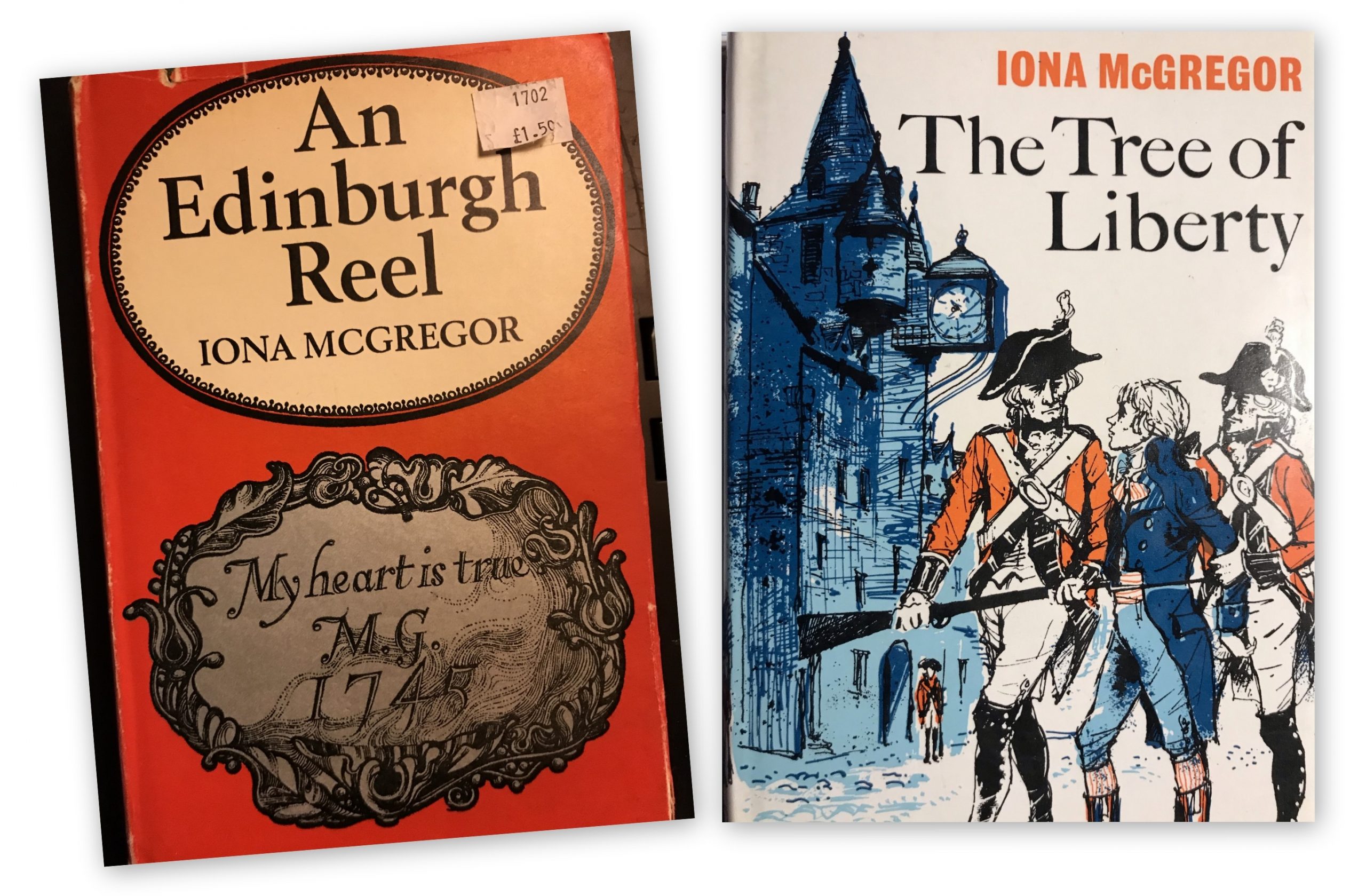Tag: readqueerbooks
-
Three Writing Lives
Our second online event Conversations with Writers took place on Thursday 2 September. Playwright Jo Clifford and novelist and short story writer Ely Percy were in conversation with Eris Young.
-
Unsung: the queer books that tell our story – the video
As part of this year’s LGBT History Month, Bob and Sigrid took part in a live webinar conversation on 24 February with Chris Creegan about how queer books tell our […]
-
Hot-Blooded Dinosaurs
The Hot-Blooded Dinosaurs: A Revolution in Palaeontology by Adrian DesmondBlond & Briggs, 1975. QUEER DINOSAUR DISCOVERED! Some people may remember the ITV series based on this illustrated science book, now […]
-
Mortimer’s Deep
Mortimer’s Deep by Simon TaylorBalnain Books, 1992. A house of men on an island at the end of the world… Mortimer’s Deep is a dangerous stretch of water in Fife. […]

